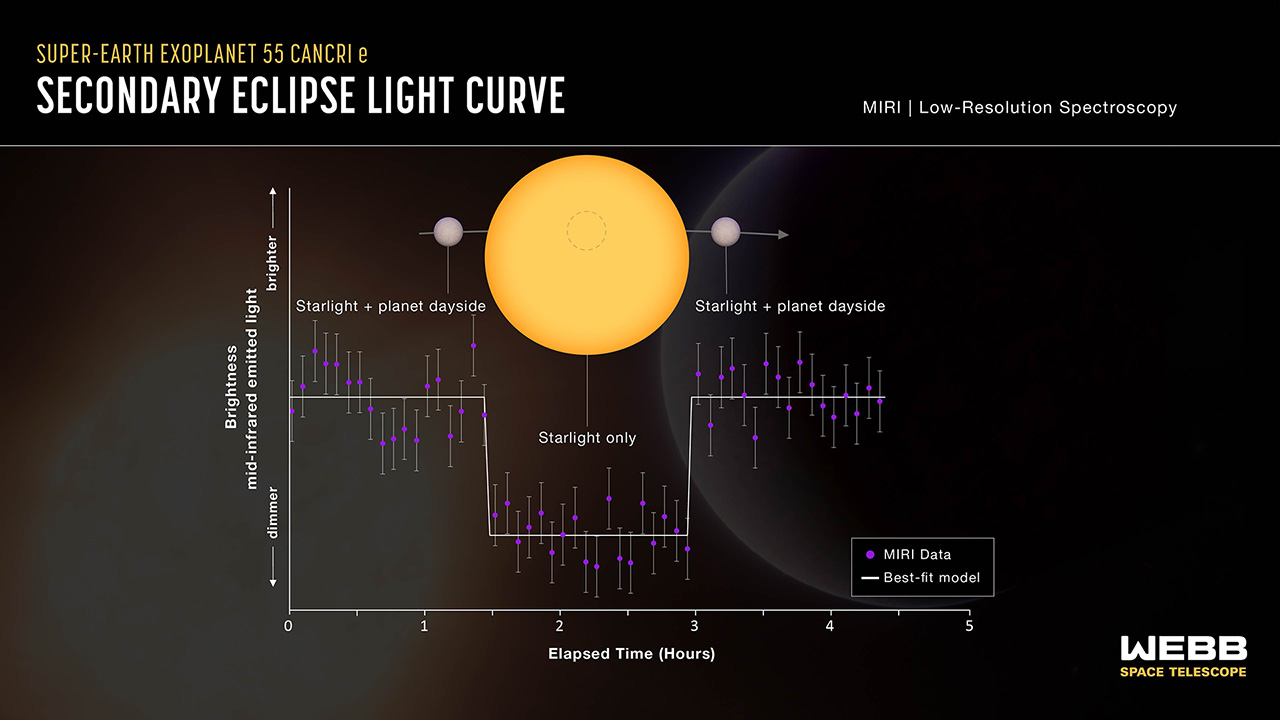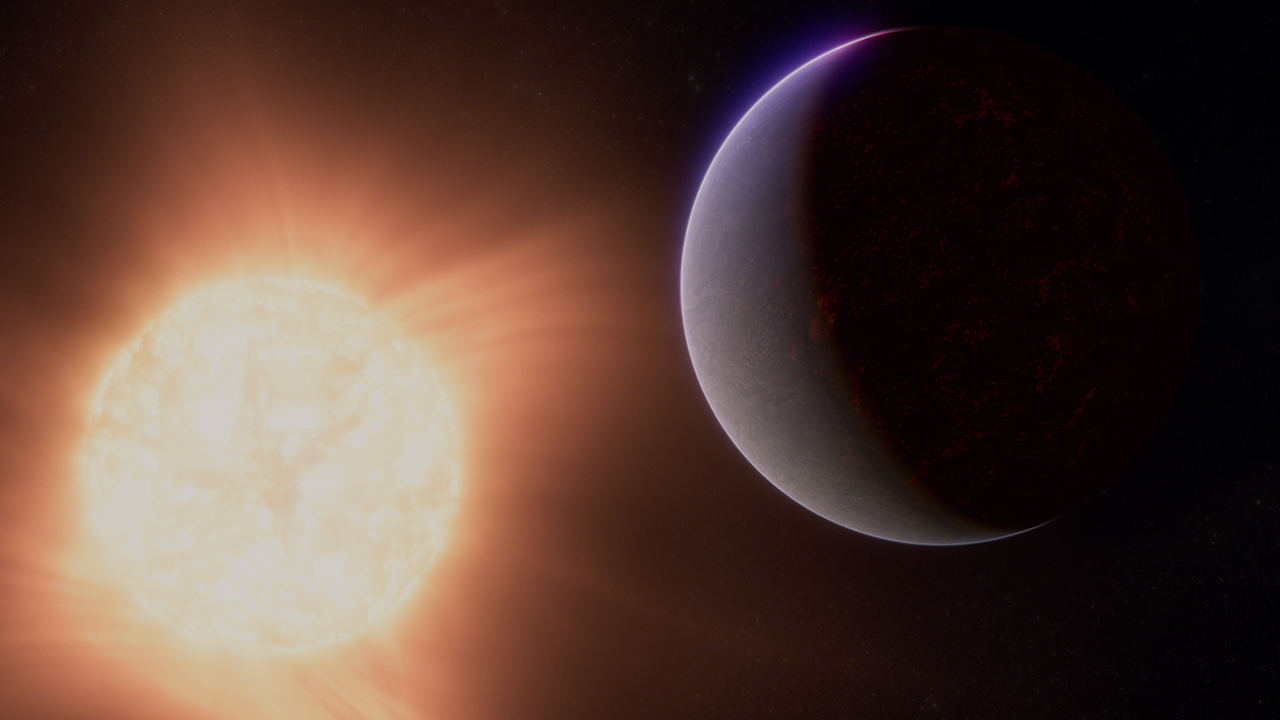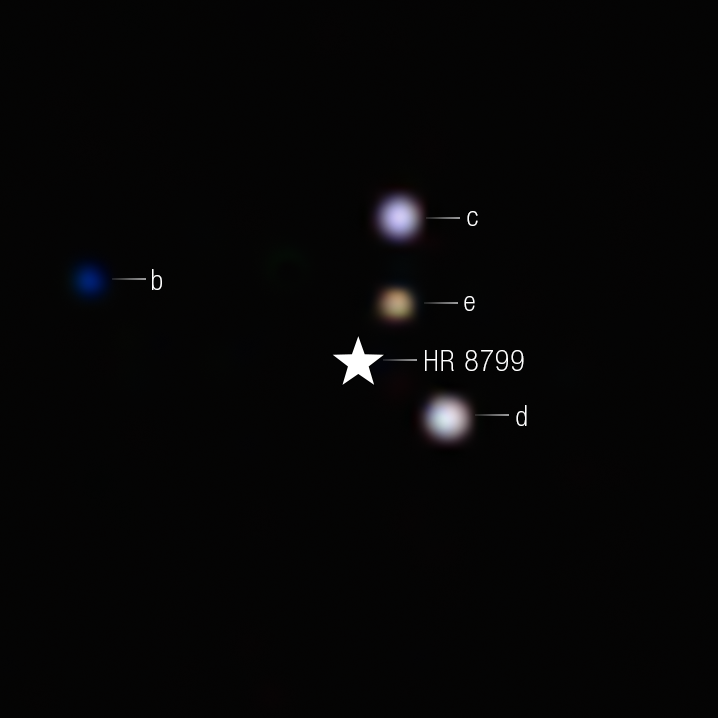
- Your webmaster has been busy! The class website now features a major update to the Class Projects and Arts Legacy Project areas. All Arts Legacy projects are listed on the Class Projects index page and a page is devoted to each project.
- The Arts Legacy committee met on September 7 to review funding for prior projects and plan for funding of future projects. The meeting was recorded, and the video is available for viewing. Written minutes of the July 20, 2024 meeting are available. Some of our classmates have wondered what the Arts Legacy committee has been doing. Now is the time to see. You’ll be amazed!
- More website updates have arrived: the main pages for the Newsletter, Alumni Magazine Column, and D68 DCF Results and the entire obituaries section have been moved to the WordPress platform. Connections between content on the old Muse platform and the new WordPress platform should be seamless. If you encounter navigation problems (a link takes you to an unexpected place), please contact Jim Lawrie.
- The Fall 2024 Newsletter from Mark Waterhouse is now available on the website as are the last two Alumni Magazine Columns from Jack Hopke.




